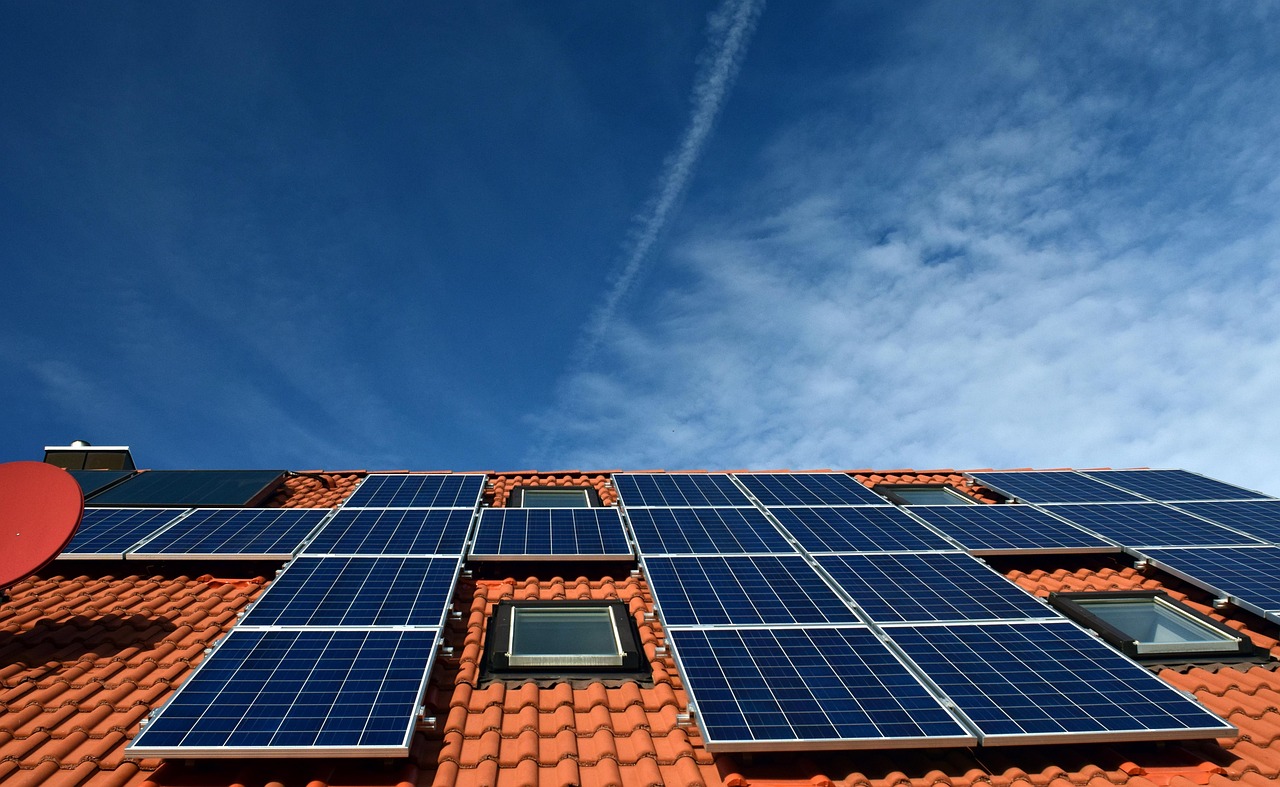Building integrated solar refers to photovoltaic technology that is embedded directly into the structural elements of a building, such as roofs, windows, or façades. This approach allows buildings to generate electricity while maintaining their architectural integrity, serving both functional and energy-producing roles. Unlike traditional solar panels added on top of structures, building-integrated solar becomes a part of the building itself.
This technology offers a way to maximize space and enhance energy efficiency without compromising design. It is increasingly adopted in urban environments where space is limited, providing a stylish and practical alternative to conventional solar installations. Understanding how building-integrated solar works and its benefits is essential for anyone interested in sustainable building solutions.
Overview of Building Integrated Solar
Building integrated solar involves embedding solar power technology directly into a building’s structure. This approach merges energy generation with construction, improving efficiency and aesthetics. It offers multiple benefits, such as reducing energy costs and enhancing building performance. Various technologies support these systems, each with unique applications.
Definition and Key Concepts
Building integrated solar refers to the use of photovoltaic materials as part of a building’s envelope. These materials replace or integrate with conventional components like roofs, facades, windows, or skylights. Unlike traditional solar panels, these systems serve dual functions—providing both structural or architectural elements and generating electricity.
The goal is to seamlessly incorporate renewable energy generation without disrupting design or function. This integration supports sustainability by using existing surfaces for clean power, reducing the dependence on external energy sources. The strategy also aims for aesthetic harmony and practical usability within urban and residential environments.
Benefits for Buildings
Building integrated solar provides long-term financial advantages by combining the costs of construction materials with energy system installation, potentially lowering overall expenses. These systems generate electricity on-site, which can reduce reliance on grid power and decrease utility bills.
Additionally, they improve a building’s thermal performance. The solar materials can add insulation or absorb heat before it enters the interior, potentially reducing cooling loads. BIPV systems also contribute to building sustainability goals, enhance architectural appeal, and can increase property value by integrating modern energy technology.
Types of Building Integrated Solar Technologies
There are several types of building integrated solar technologies available:
- Bifacial solar cells capture sunlight from both sides, increasing energy generation.
- Semi-transparent solar cells can be used in windows or facades, allowing natural light to pass while producing electricity.
- Solar roofing materials, such as solar shingles or tiles, replace traditional roofing components.
- Glazing systems embed photovoltaic cells in glass for facades or skylights.
Experimental applications also explore integration into concrete and other structural materials, though these remain less common in commercial use. Each type addresses specific design and energy needs, enabling flexible installation in varied building types.
Design and Implementation
Effective building-integrated solar solutions require careful attention to architectural compatibility, strategic application across building types, and performance optimization. These factors influence energy generation, durability, and user experience.
Integration in Architectural Design
Building-integrated photovoltaics (BIPV) must harmonize with the building’s form and function. The solar components are incorporated directly into roofs, facades, or windows, serving as both building material and energy source.
Designers consider orientation, light exposure, and aesthetics to maximize solar efficiency without compromising architectural intent. Structural capacity assessments ensure the building can support added weight and installation stresses.
Material selection is crucial for durability and visual integration. Solar modules can replace conventional cladding, roofing tiles, or glass panels, maintaining weather protection while generating power.
Common Applications by Building Type
Residential buildings commonly use BIPV in roof tiles and skylights, providing seamless solar generation within typical architectural elements. This reduces visual impact and preserves neighborhood aesthetics.
Commercial and office structures utilize large facade areas and curtain walls fitted with solar glass or panels. These installations often integrate with HVAC and electrical systems for enhanced energy management.
Industrial buildings may focus on expansive rooftops for BIPV arrays, balancing cost-efficiency with solar output. Mixed-use urban developments integrate solar into multiple surfaces, including canopies and balconies, promoting energy self-sufficiency.
Performance Considerations
Solar orientation and shading critically affect energy yield. Panels facing true south in the northern hemisphere typically achieve the best output. Designers must avoid shading from neighboring structures and rooftop equipment.
Electrical integration involves seamless connection to the building’s energy system, including inverters and grid interconnections. Monitoring systems track performance and detect faults promptly.
Maintenance access is essential to ensure long-term operation. Materials chosen for BIPV should withstand local weather conditions, including wind, precipitation, and temperature fluctuations, to maintain efficiency over time.


